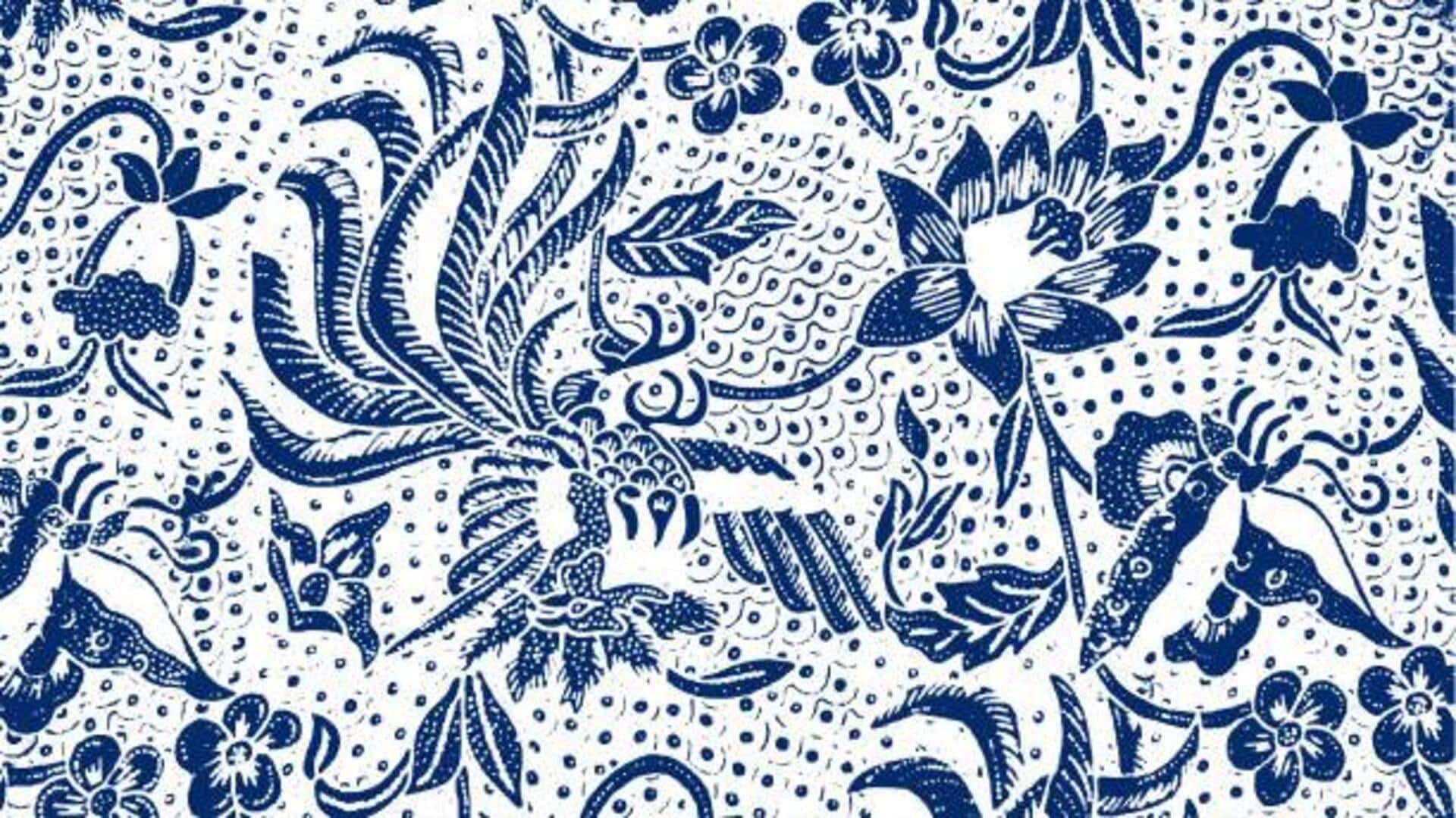
How batik is influencing abstract art
What's the story
Batik, the traditional art of fabric dyeing with wax-resist, has influenced African abstract art in many ways. The technique, which originated in Java, has been adopted and adapted by many African cultures. The vibrant patterns and colors of batik have inspired artists to explore new dimensions in abstract art. This article explores the influence of batik on African abstract art, highlighting its impact on artistic expression and cultural identity.
#1
Historical roots of batik in Africa
Batik was introduced to Africa through trade routes centuries ago. It was first adopted in West Africa, where it became an integral part of cultural expression. The technique was modified to suit local tastes and aesthetics, resulting in unique styles that reflect the region's heritage. Over time, batik spread across the continent, influencing various art forms.
#2
Vibrant patterns and colors
The patterns and colors used in batik are key to its influence on African abstract art. The bold designs and bright hues used in batik have inspired artists to play with color and form in their work. These elements lend a sense of dynamism and energy to abstract compositions, making them visually appealing.
#3
Cultural significance of batik
Batik holds cultural significance in many African communities, as it is used in ceremonies, rituals, and storytelling. The motifs used often have symbolic meanings that connect to community values and beliefs. This cultural depth adds layers of meaning to artworks inspired by batik, making them more than just visual representations.
#4
Modern adaptations of batik techniques
Today's artists are also experimenting with batik techniques outside of fabric, using them in painting, sculpture, and digital media. These modern adaptations allow for new interpretations of traditional methods while keeping the essence intact. By experimenting with these techniques, artists can create innovative works that resonate with contemporary audiences.